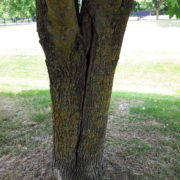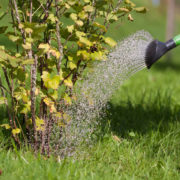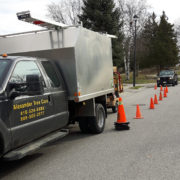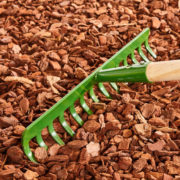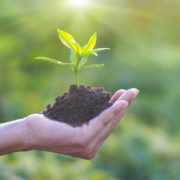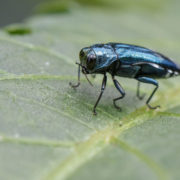HOW TO KNOW IF YOUR TREE IS SICK: SIGNS OF TREE HEALTH ISSUES
Trees are like us – they can get sick. The only difference is we can go to the clinic and get help when we need it. Trees rely on us to be able to assess what is wrong, and if needed, get professional help.
It is important to diagnose tree health symptoms as soon as possible. Tree damage may be taking place right under your nose from common culprits like disease and insects. Often, these problems can become widespread before you even notice them. There is such a large variety of issues that can wreak havoc, that many of them are not very easy to identify. In many cases, the damage has been going on for years until it becomes so severe that it’s obvious.
You probably don’t know how to tell if your tree is unhealthy or what is causing the problems, but there are some common signs you can look for which might help you spot a problem early. Being armed with some basic diagnostic tools may help you avoid losing a mature plant that you value.
Here are some common signs of tree problems in order to better equip you with the knowledge to ensure your tree is healthy and happy.
1. Leaf Rust
First thing, give your trees a visual inspection. Checking the leaves is one of the first key steps as unhealthy trees lose their leaves prematurely. When you see yellow, orange and gold spots rupturing leaf surfaces, you’re dealing with rust. Leaves are discolored or mottled yellow to brown. Powdery fungal clusters appear on the leaves and leaves may become twisted and distorted.
While it rarely kills plants, rust fungus makes leaves unsightly and weakens the plant by interfering with photosynthesis, the process a plant uses to make food. Each plant species that are susceptible to rust, hosts a particular rust species that may vary from other rust species in appearance.

2. Scratch test
One of the best ways to determine if a tree is dead is the tree scratch test. Just beneath the dry, outer layer of bark in a tree’s trunk lies the cambium layer of bark. In a living tree, this is green, in a dead tree, it is brown. Scratching bark to see if the tree is alive involves removing a little bit of the outside layer of bark to get a look at the cambium layer. You can do this without making a big mark in the tree. If you perform the tree scratch test on a tree trunk and see green tissue, the tree is alive. This does not always work so well if you scratch a single branch since the branch may be dead but the rest of the tree alive.
During times of severe drought and high temperatures, a tree may “sacrifice” branches, allowing them to die for the rest of the tree to stay alive. So, if choosing to do a scratch test on a branch, choose several in different areas of the tree or just scraping the tree trunk itself.
3. Check the soil
Trees within cities or highly industrialized areas may have an unhealthy appearance because they cannot access nutrients that may be in the soil but are not in a useable form. You may notice leaves that are small, discolored and may also notice they have a thin canopy, poor growth, and stem dieback. If this is the case, your tree might be “Alkaline Intolerant.”
Reducing your soil pH even slightly can have a huge effect on the appearance and health of alkaline intolerant plants. To reduce the pH on a property, you can do a soil test to determine the exact acidity levels. Treatment methods will always depend on the specific needs of the tree. Soil pH is not easy to manipulate and your soil will always work towards reverting to its original acidity, so you will need to keep an eye on it.
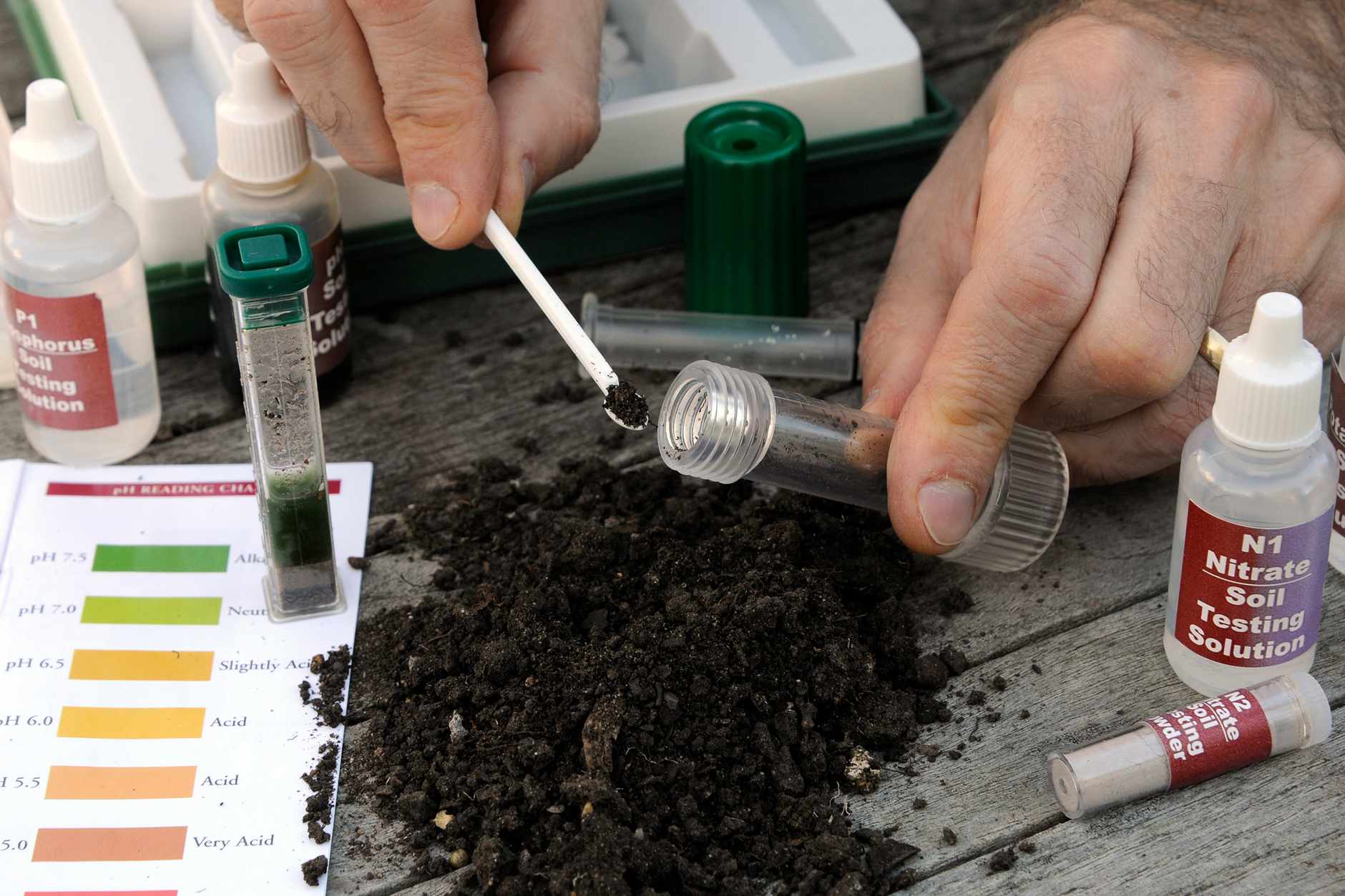
4. Insects
Although plants have natural immune systems, there are many times where Mother Nature cannot heal the tree from bugs on your property. Insects can ravage your landscape and leave lasting damage. There are tens of thousands of insect species that live in, on and around trees. Most of them do not cause significant harm, but there are more than a few that can negatively impact the trees we enjoy in our landscapes.
There are many species of insects that can cause great harm to the trees they attack. Most of these have specific types of trees that provide what they want and attack certain parts of the tree, usually to meet their nutritional or shelter needs. In these cases, insecticide or other forms of treatment may be applied through injections, spraying, or soil drenches to control insects.
We are here to help!
Ultimately, you want to do the best to save and maintain the tree, but remember, unhealthy trees are also dangerous. You don’t want to increase risk and your safety to save the tree. Dying and/or dead trees can fall on residences, so it is important to fix these problems before they cause any serious damage.
That’s where we come in handy. We can provide an expert diagnosis on your tree’s health by a certified arborist. We can recommend work to restore your tree, such as pruning, spraying for pests and fungus, improving soil conditions, correcting drainage problems and many more remedial measures.
Prevention is better than cure. We pride ourselves on working closely with owners to also develop a program for maintenance and treatment to avoid any future issues. And, in worse case situations, we can also organize removal if the tree is beyond rectification.
If you are experiencing any problems with your trees, give us a call or fill out our request a quote to arrange an on-site evaluation.
Alexander Tree Care has been serving Toronto and York Region; including Newmarket, Aurora, Richmond Hill, Markham, Georgina, Vaughan, Bradford King City, King Township and areas for over 10 years. An ISA certified arborist will always be on any crew to perform expert tree and shrub service. For peace of mind we are fully insured and covered by WSIB. Don’t forget to follow what our customers have been saying about Alexander Tree Care. Check out our reviews on HomeStars and Google.
You can find us on Facebook, or click here to contact us.
Till next time,
Alexander


